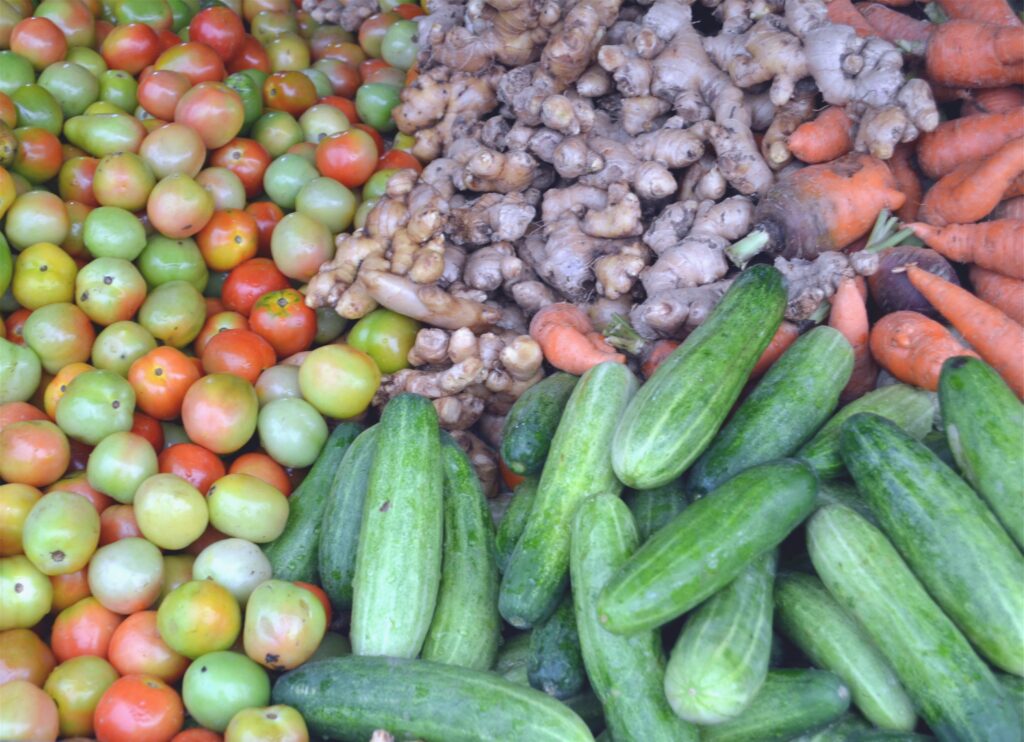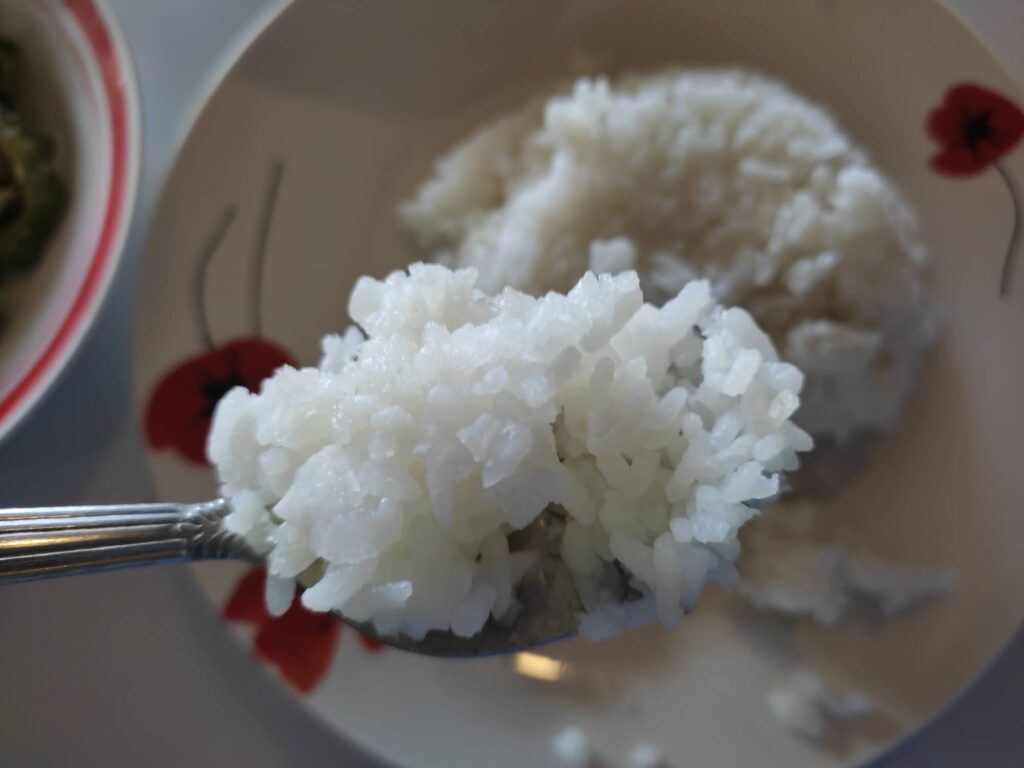Text and Photos by Henrylito D. Tacio
Rice, the staple food of Filipinos, is consumed by 90% of the country’s total population. In 2012 alone, the per capita consumption of rice was estimated at about 114.6 kilograms, according to the UN Food and Agriculture Organization (FAO).
Vegetable consumption is estimated at only 39 kilograms per capita, well below the 146-182 kilograms per capita recommended by the United Nations agencies. After all, most Filipinos use vegetables as only a small part of a meat or fish dish and very seldom as a meal in itself.
Filipinos consume around 25 kilograms of meat per year. Pork tops the list (15 kilograms), followed by chicken (11.6 kilograms) and finally beef (3 kilograms).
Unfortunately, rice, vegetables, and meat were found to be the top three most wasted foods among Filipino households, according to a study done by the Food and Nutrition Research Institute (FNRI), a line agency of the Department of Science and Technology (DOST).
The factors attributed to rice, vegetables, and meat plate wastage are larger household meal portion size, greater number of household members, and higher wealth status.
Previous study said 1,717 metric tons of food is wasted each day in the Philippines. On the other hand, the Laguna-based International Rice Research Institute said the P23 million worth of rice wasted daily is enough to feed 4.3 million people.
The new FNRI study, “Does plate waste matter?: A two-stage cluster survey to assess the household plate waste in the Philippines,” used the data from 20,151 Filipino households who participated in the 2018 Expanded National Nutrition Survey (ENNS).
According to the study, households with the highest rice consumption were more likely to have rice wastage compared to households with the lowest consumption.
The study also found there are more foods wasted in households with five or more members, and those residing in rural areas. Rice wastage is also more common in households with a household head whose age ranges from 50–69 years old, than those with a younger household head.
On the other hand, households with the highest vegetable consumption were more likely to waste vegetables compared to those with the lowest consumption. This implies that households incur more wastes when higher quantities are purchased, which most probably are not consumed and end up being thrown away due to spoilage.
Households composed of five or less members were found to have greater chances of wasting vegetables, which mirrors the results of a previous study which found that larger households were more efficient in meal consumption.
On the contrary, fish, meat, and poultry plate waste was less likely in households with less than or equal to five members than in households with more than five members.
Households belonging to the richest quintile were found to have greater plate waste compared to the poorest quintile. Past studies exhibited the same, where higher income households were found to waste more food than lower-income households.
“This may be explained by the fact that higher-income households consume diets that tend to include more perishable items. Some of the waste can be explained by food spoiling before the household has a chance to eat it.
In the Philippines, plate waste is closely linked to hunger incidence and threatened food security. The Global Hunger Index of 2018 scored the Philippines 69 of 119 countries, with a serious level of hunger incidence.


“Millions of Filipinos under poverty and experiencing food insecurity are struggling to be fed, and the food that is simply thrown away or discarded might actually be enough to feed them,” said Dr. Imelda Angeles Agdeppa, lead researcher, Director IV and Scientist IV of DOST-FNRI.
Plate waste also generally emits a portion of the total global greenhouse gas emissions that impact on global warming.
“When food ends up in a landfill, it creates methane, a greenhouse gas 25 times more potent than carbon dioxide,” explained the Commission for Environmental Cooperation. “In fact, if global food waste were measured as a country, it would be the world’s third worst emitter of greenhouse gases.”
Data released by the United Nations Environment Program showed one-third – about 1.3 billion tons – of food produced around the world annually “gets lost or wasted.”
Dr. Adgeppa cited that the results reinforce the need for new strategies to focus on reducing plate waste, which is beneficial from a nutritional, economic, and environmental point of view.
The study suggests that a more effective strategy for reducing food waste may be to train people to prepare and select less food (portion and meal size reduction) and to formulate more policies tackling waste-reduction programs.
Dr. Agdeppa emphasized that both public and private sectors have a role to play to address global food shortages and food wastes considering that more people are getting hungry globally despite the availability of food sufficient for everyone. (With additional report from Geraldine Bulaon-Ducusin)

